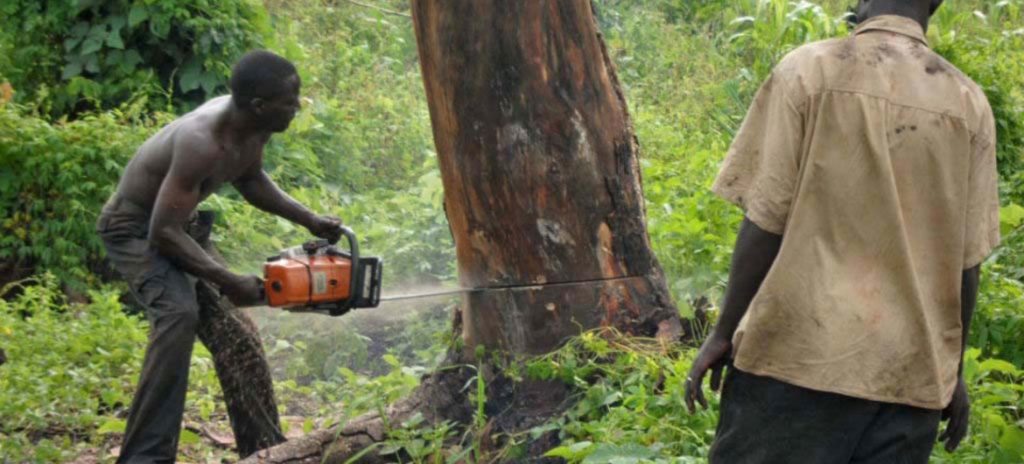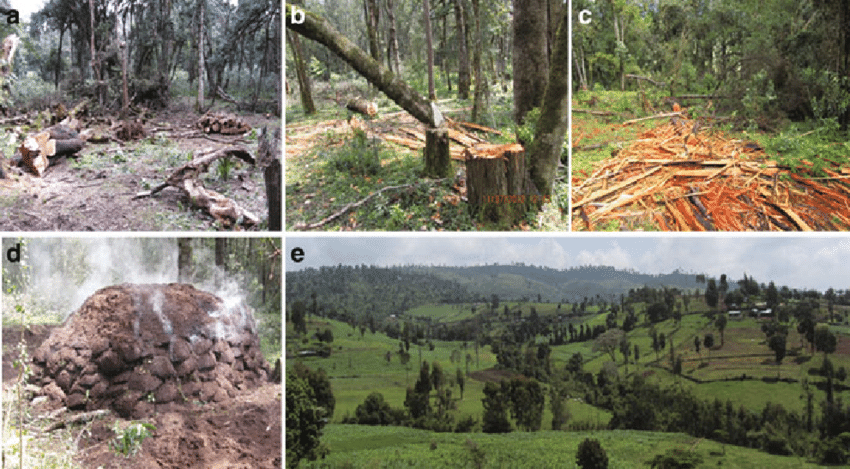
A Non-Governmental Organization called Serengeti Watch has sounded a warning Serengeti National Park and the entire Serengeti – Mara Ecosystem here in East Africa is in serious danger of destruction.
While climate change is partly to blame, the NGO reports, irresponsible construction of irrigation dams and the wanton chopping of trees in the Kenyan Mau highlands is main blame.
The NGO Report explains the problem:
Two recent papers published in the journal, Ecohydrology & Hydrobiology, examine a water crisis in Tanzanian National Parks, including the Serengeti. They are a plea for action.
Two studies (see links below) have identified several causes of the water crisis: deforestation, poor land use, overgrazing, irrigation, illegal dams and draw off from rivers and water holes.
Climate change may be a factor as well, though its long-term effects are unknown. Originally, more rainfall was predicted for the region, but there is no data yet supporting this. A recent study has challenged this idea, showing that the Horn of Africa is drying faster than any time in the last 2,000 years. But, as local farmers will attest, East Africa’s climate is changing. Droughts are getting longer and heavy rains are causing more flooding.
The Mara River

The big existential risk is the drying of the Mara River, the lifeblood of the Serengeti-Mara ecosystem. Should the river dry up, it would likely stop the migration and devastate wildlife populations, and the entire tourist industry.
Unfortunately this is happening. The “baseflow recession,” the stream flow sustained between rainfall events, has decreased from 100 days in the 1970’s to just 16.4 days now. In the early 70’s, dry season rainfall was required every 3-4 months to sustain the river; now one is needed every 2-3 weeks.
One reason is the partial destruction of the Mau Forest in Kenya’s highlands, the main water catchment that supplies the Mara. There has been serious deforestation causing a reduction in water flow downstream.
But the studies’ authors conclude the main reason “appears to be commercial irrigation in Kenya.” The whole Mara River Basin has seen a steady increase in human population, cattle, and agriculture. The amount of savannah and rangeland has decreased by a third.
In 2005, “62% of the Mara River water was withdrawn before reaching the Mara-Serengeti ecosystem.” In 2016, “irrigators in Kenya were extracting 75-79% of the Mara River water before it reached the Serengeti National Park.”
Proposed dams in Kenya upstream of the Mara River would complete this destructive process. With reduced water flow, irrigators downstream would have to extract even more water. The authors state this “would likely destroy the annual migration of wildebeest.”
This year’s migration into the Mara Reserve has been disrupted by a drought. The herds have stayed in Tanzania where there is more water. This is a trend. Wildebeest migrating into the Mara declined by 73% between 1979 and 2016 due to habitat loss.
Streams and Waterholes
Increased cattle grazing and deforestation is impacting local streams and water holes. Smaller rivers, within the Serengeti, cease to flow during the dry season. But waterholes for wildlife usually remain.
In Loliondo – an area outside the Serengeti National Park, where Serengeti Watch works– a forested area is the source of seasonal rivers such as the Grumeti. The forest is being degraded and excessive cattle grazing has caused erosion, reducing water flow.
It’s feared that continued sedimentation will completely dry out even the seasonal waterholes. This seems to be happening with the Seronera River in the central Serengeti, which is filling with sediment from roads.
Water is about people
Underlying the water issue is the continued growth of communities around the Serengeti-Mara, which have some of the highest birth rates in the world. As we have said before, poverty and human population growth around the ecosystem is a fundamental threat.
Human population growth, which brings more farms and cattle, will make it politically impossible to withhold water from people and livestock in order to benefit wildlife and tourists.
Please help

The recent water studies are a “plea for a strict control of commercial and artisanal irrigation and improved livestock husbandry.” Tanzania National Parks (TANAPA) has been monitoring this for many years and has issued recommendations to the government. But it has only limited authority within the parks themselves. Most of the threat comes from human activities outside the parks and climate change. Serengeti Watch has actively been working on this issue, and convened a conference in Nairobi among NGO’s and stakeholders. And we joined Rainforest Rescue in a petition on the Mau Forest.
Follow Related Links Here Below:
Upstream land-use negatively affects river flow dynamics in the Serengeti National Park
Are Tanzanian National Parks affected by the water crisis? Findings and ecohydrology solutions
Previous Serengeti Watch alert on Mara River dams



